All about temperature for peppers

If the peppers are planted on time, then the quality of the crop will improve significantly. Before proceeding to planting work, you should learn how to properly plant pepper in open ground. In the article, we will consider everything about the temperature for peppers, how to protect from low temperatures, and which varieties are frost-resistant.
Temperature regime
Peppers can be planted both outdoors and in a greenhouse. It is very important to consider the air temperature. Peppers love warmth, but the temperature range for seedlings and mature plants will be different. In addition, hardened plants can better tolerate lower temperatures at night. They can survive even if the temperature drops to –2 degrees, but those who are not acclimatized can suffer at zero degrees.
Pepper seedlings stop growing when the thermometer shows below +13 degrees. And at a temperature of +7 degrees, slight frosts are noticeable on the soil. With a decrease in temperature, yield and quality decrease.
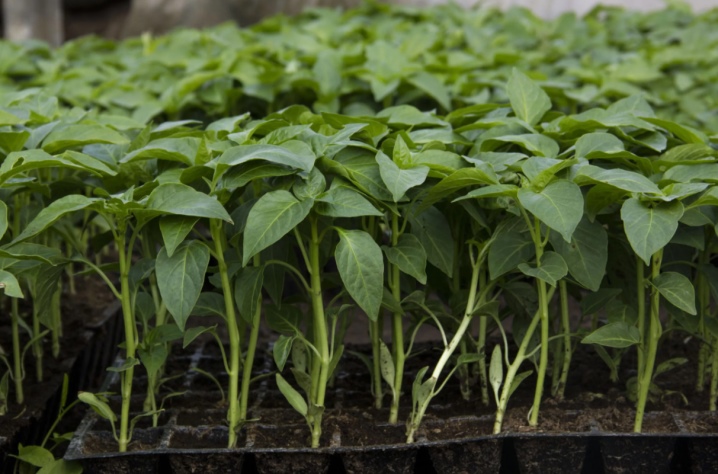
Experts recommend planting seedlings in open soil only in the second half of May, when the weather is already relatively warm. The possibility of frost is practically zero, so there are no additional risks either. Some gardeners believe that planting seedlings in June will be better, but most do not adhere to this opinion, since you can not have time to harvest, in August, nighttime drops in temperature negatively affect the growth of vegetables.
The optimum temperature for growing peppers is from +18 to +25 degrees. In some cases, it is allowed to plant plants in spring and at +15 degrees, but you should be very careful, because if the air temperature drops below +13 degrees, the pepper will slow down in growth and development. In addition, if the decline lasts for 5 days, then the pepper will begin to develop further only 20 days after warming.

How to protect from low temperatures?
Experts recommend before you start growing peppers, familiarize yourself with ways that will help protect plants from low temperatures.
Seedling
When transplanted into open ground, the seedlings are very vulnerable to low temperatures. Therefore, you should take care of its protection, creating a reliable shelter, which is recommended to be used until mid-June. The shelter can be used both frame and frameless. Let's consider these two constructions in more detail.
-
Wireframe. This is a more complicated solution, but also more reliable, for this reason, many gardeners prefer frame options. For example, you can create a frame from beams, and then lay a polyethylene film on top of them.
-
Frameless. This design is also reliable as it is made of agrotextile. This solution is sold ready-to-use. Manufacturers note that pepper does not freeze in such structures, even with a strong drop in temperature.
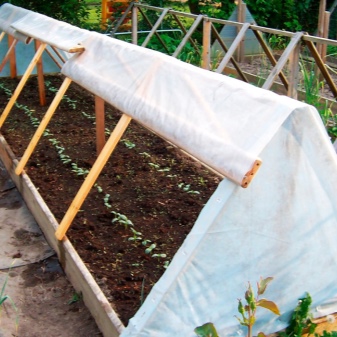
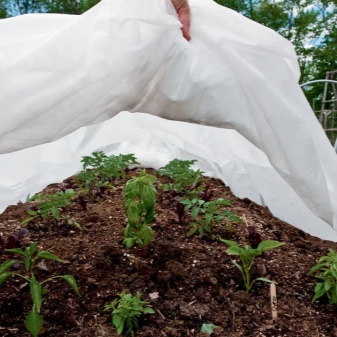
Mature plants
Adult peppers should be more resistant to cold temperatures, but don't relax. It is necessary to monitor temperature fluctuations every day in order to take the necessary measures in time. If necessary, the plants can be wrapped, otherwise the plant slows down in development, and the timing of flowering and fruit setting can be significantly shifted.
Nights tend to get chilly in early August, so experts recommend re-establishing shelter for these vegetables. You will need a film or nonwoven fabric, and you can use just one layer for reliable protection. Adult plants are not afraid of a drop in temperature, it does not have a detrimental effect on them.
Other cold snap protection methods can be used.
-
Sprinkling. This method consists in the fact that a fine spray of water is used. This option is one of the most effective. For sprinkling, a special installation is required. It is recommended to turn it on in the evening, and turn it off in the morning. Irrigation is carried out precisely at night.
-
Smoke. This option also belongs to quite effective methods. In this case, it is necessary to choose the right "fuel", since thick smoke will be required to achieve this goal.
Important! It is not necessary to adhere to the above terms as much as possible, since the region where the pepper is grown is of primary importance. In some areas, spring can be very early, while in others, on the contrary, late.
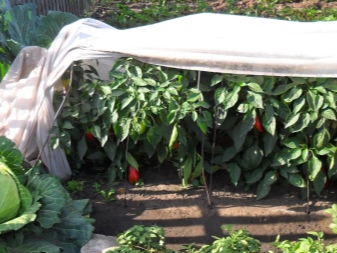

Frost-resistant varieties
In order to be able to grow peppers even in areas where there is usually a short daylight hours, special varieties were bred. They are all characterized by frost resistance. They do not freeze or die at low temperatures. Such varieties are ideal for growing in the Urals, in the Moscow region, as well as in the south of Siberia.
Experts recommend the following frost-resistant varieties that can withstand minimum temperatures:
-
"Kolobok";
-
"Martin";
-
"Pioneer";
-
"Yellow Bull";
-
Novosibirsk;
-
"Red Bull";
-
"Merchant" and others.
All of the above varieties are early maturing. If you create comfortable conditions for growing, then one bush will yield 2.5 kg of harvest. The fruits are rather large and thick-walled.
It should be noted that pepper is a heat-loving vegetable. In warm regions, where there is enough rain or artificial irrigation, the bushes give high yields. Breeders are developing special varieties that will make it possible to grow peppers even in regions where the air temperature drops to a critical one, and many varieties simply stop growing. Bell pepper grows in many regions of Russia, the main thing is to cover it in time to protect the plants from low temperatures and frost.
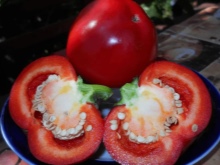
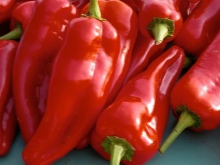
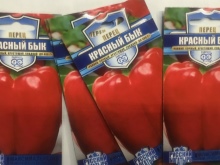






The comment was sent successfully.